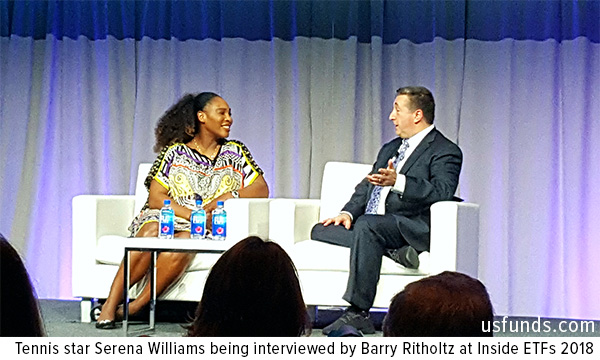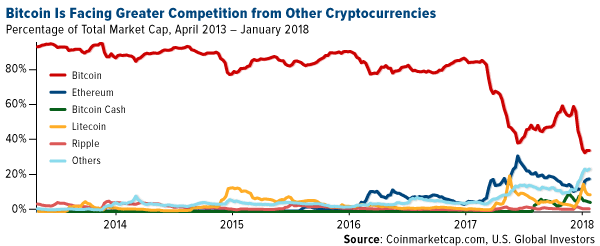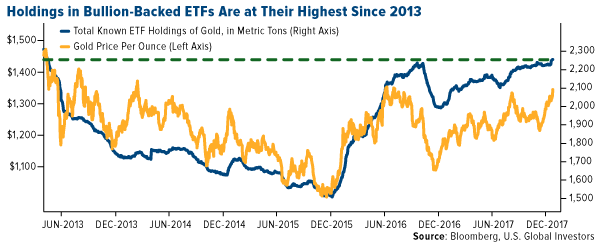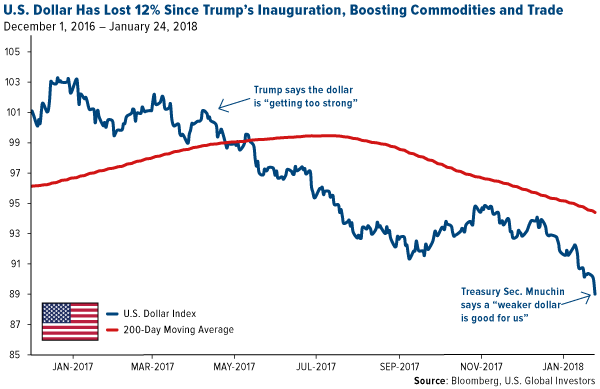The technological announcement of the year is Amazon, Berkshire Hathaway and JPMorgan Team Up to Try to Disrupt Health Care.
Three corporate behemoths — Amazon, Berkshire Hathaway and JPMorgan Chase — announced on Tuesday that they would form an independent health care company for their employees in the United States.
It was unclear how extensively the three partners would overhaul their employees’ existing health coverage — whether they would simply help workers find a local doctor, steer employees to online medical advice or use their muscle to negotiate lower prices for drugs and procedures.
Details are scant but hopes are high in this joint BusinessWire Statement.
Three Statements
- Warren Buffett: “The ballooning costs of healthcare act as a hungry tapeworm on the American economy. Our group does not come to this problem with answers. But we also do not accept it as inevitable. Rather, we share the belief that putting our collective resources behind the country’s best talent can, in time, check the rise in health costs while concurrently enhancing patient satisfaction and outcomes.”
- Jeff Bezos: “The healthcare system is complex, and we enter into this challenge open-eyed about the degree of difficulty,” said Jeff Bezos, Amazon founder and CEO. “Hard as it might be, reducing healthcare’s burden on the economy while improving outcomes for employees and their families would be worth the effort. Success is going to require talented experts, a beginner’s mind, and a long-term orientation.”
- Jamie Dimon: “Our people want transparency, knowledge and control when it comes to managing their healthcare.The three of our companies have extraordinary resources, and our goal is to create solutions that benefit our U.S. employees, their families and, potentially, all Americans”
Details Scant, Sceptics Abound
CNBC says this is a Lot Tougher Than It Looks.
- Evercore health-care analyst Ross Muken: “Bending the overall health-cost curve isn’t about controlling drug prices, modernizing the supply chain or improving devices. Those are all relatively small parts of spending and some of those parts are deflationary already. This is about getting to the guts of the system and where the inefficiency lies, which is physicians and hospitals. A majority of the costs in the system sit within organizations that are difficult to reform. Furthermore, trying to tackle physician compensation also seems like a heroic effort and one that is likely to cause massive uproar, particularly amongst the senior population.”
- Mickey Chadha, a vice president at Moody’s: The new joint venture “could be disruptive” and put competitive pressure on pharmacy giants CVS and Walgreens and pharmacy benefit managers, but the regulatory burden around every aspect of health care puts “any new entrant in the space at a huge disadvantage. Companies like CVS, Walgreens, United Healthcare, Aetna and Express Scripts already have large scale, which allows for better vendor and drug manufacturer contracting and the ability to serve national clients.”
- Gary Claxton, vice president of the Kaiser Family Foundation, said the biggest driver of health costs is the money spent on sick and very sick people. “It’s not clear what private payers can do” to drive down those costs, Claxton said, referring to insurance plans such as those offered by Amazon, Berkshire Hathaway, J.P. Morgan Chase and other businesses, as opposed to large publicly provided health coverage systems such as Medicare and Medicaid.
Tough or Impossible?
Gary Claxton nails the largest problem: “The biggest driver of health costs is the money spent on sick and very sick people.”
Right to Die
Does your policy cover lung cancer? Why should it have to?
But if it doesn’t, why are you entitled to treatment?
I am a strong believer in the right to die. Spending hundreds of thousands of dollars to keep someone alive for an extra few months is absurd.
Lack of Choices
Obamacare mandated Gold, Silver, and Bronze options. I propose letting insurers offer whatever plans they want.
Basic coverage might cover emergencies, but not long-term cancer treatments.
The marketplace, not government bureaucrats should come up with plans and pricing. Let people pick the options they want.
Mish Health Care Proposals
Published fees: Fees for routine services, medicine, and operations need to be published, not set by government mandate. Whether or not someone is insured, the fees should be the same.
Shopping Around: People should be encouraged to shop around for the lowest-cost provider. Insurers can help. Want to go somewhere else? If your policy covers what you seek, fine. If not, you pay extra.
Foreign Services: Bloomberg reported Heart Surgery in India for $1,583 Costs $106,385 in U.S.Demand treatment in the US? Fine. You should have to pay for it with higher premiums. It’s a free choice. Obviously, this provision does not apply to emergency services like an accident or a heart attack.
Drug Pricing: Allow imports of drugs to increase competition. Medicaid and Medicare should buy in bulk from the lowest cost provider.
Right to Die: No one should be kept alive if they want to die. Nor should someone be artificially kept alive if they do not have insurance, or their spouse or designated appointee wants to pull the plug on their behalf.
Right to Refuse Service: If someone is not insured, hospitals should have the right to refuse service.
Medicare/Medicaid: Currently, those over 65 do not care what things cost. Incentives are necessary to make sure they do. This includes forcing overseas treatment for those able to travel. Once again, spending hundreds of thousands of dollars to keep someone alive for an extra few months is beyond absurd. Medicare should be no different on foreign care or shopping around.
Patent Restrictions: Patent laws need to be revised to prohibit making minor changes and renewing patents for extended periods again and again.
Eliminate State Restrictions: Allow any insurance company in any state sell insurance in whatever states they want.
Bezos Factor
My proposals provide significant cost savings opportunities forced on drug providers, allowed by hospitals, and allowed by insurers, at a huge benefit to insureds.
Some of my proposals require significant changes to Obamacare. So what?
With Buffett, Bezos, and Dimon on board, such changes are not impossible.
I do not dismiss anything out of hand when Jeff Bezos and Amazon are involved.
By Mike “Mish” Shedlock

 For the people most immersed in the tech sector, it’s hard to think of a more controversial topic than the ultimate impact of artificial intelligence (AI) on society.
For the people most immersed in the tech sector, it’s hard to think of a more controversial topic than the ultimate impact of artificial intelligence (AI) on society.




 Get this right and everything else falls into place
Get this right and everything else falls into place 

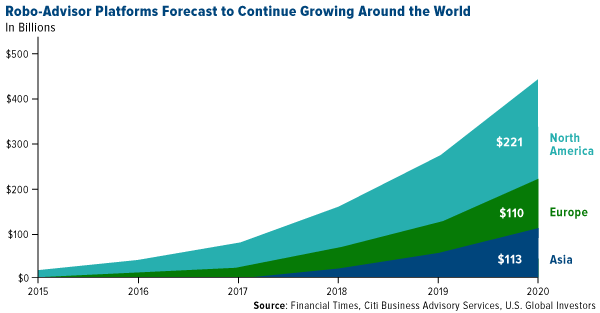 click to enlarge
click to enlarge